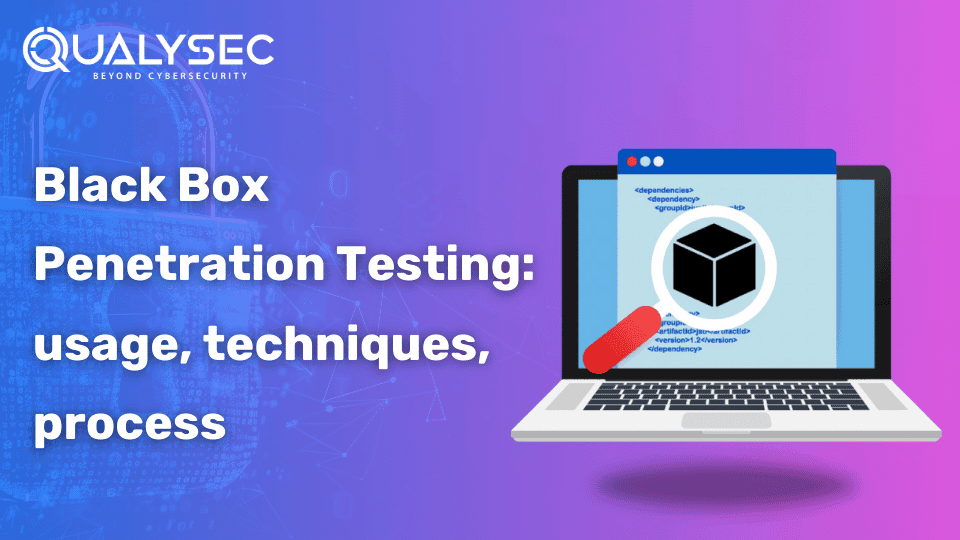Black Box Penetration Testing: Types, Tools and Techniques
Black box penetration testing remains a cornerstone of modern cybersecurity strategies, offering invaluable insights into an organization’s external defenses. Below is an updated overview that incorporates the latest information as of 2025, while preserving foundational knowledge. What is Black Box Penetration Testing? Black Box Penetration Testing is a cybersecurity assessment technique where ethical hackers simulate external attacks without prior knowledge of the system’s internal structures or codebases. This approach mirrors real-world hacking attempts, focusing solely on publicly available information and external interfaces to identify vulnerabilities that could be exploited by malicious actors. The primary objective is to evaluate the system’s security posture from an outsider’s perspective, uncovering weaknesses that may not be apparent through internal assessments. By employing various tools and methodologies, testers can identify and address potential security gaps, thereby enhancing the overall defense mechanisms of the organization. Why Do You Need a Black Box Pentest? Simulating Real-World Attacks: Black box pentesting authentically replicates external threats, providing a realistic assessment of how an actual attacker might exploit system vulnerabilities. This method helps organizations understand potential attack vectors and prepare accordingly. Identifying Hidden Vulnerabilities: By operating without internal knowledge, testers can uncover security flaws that might be overlooked in other testing approaches, such as misconfigurations, unpatched systems, or exposed services. Ensuring Regulatory Compliance: Regular black box testing is often mandated by industry standards and regulatory frameworks to ensure organizations adhere to required security practices. Validating Security Measures: This testing approach assesses the effectiveness of existing security controls, ensuring that implemented defenses function as intended against external threats. Shaping Cybersecurity Strategies: Insights from black box testing inform the development of robust cybersecurity strategies, guiding resource allocation and risk management decisions. Recent Developments in Black Box Penetration Testing (2025) Advanced Testing Tools: The evolution of sophisticated tools has enhanced the capabilities of black box testers. For instance, platforms like Scytale integrate automation with expert manual testing, streamlining vulnerability identification and remediation processes. Cost Considerations: The financial aspect of black box penetration testing varies based on the scope and complexity of the engagement. Prices typically range from $4,000 to $15,000, influenced by factors such as the environment’s intricacy and the expertise of the testers. Market Growth: The penetration testing market is experiencing significant expansion, with projections indicating an increase from $5.30 billion in 2025 to $15.90 billion by 2030. This growth reflects the escalating sophistication of cybersecurity threats and the growing need for robust measures. Incorporating black box penetration testing into your cybersecurity framework is essential for maintaining a robust defense against evolving threats. By understanding its importance and staying abreast of current developments, organizations can better protect their assets and ensure compliance with industry standards. Types of Penetration Testing Penetration testing, commonly known as pen testing, is a cybersecurity practice that simulates cyberattacks to identify and address security vulnerabilities within systems, networks, or applications. As of 2025, the landscape of penetration testing has evolved to encompass various specialized types, each targeting specific areas of an organization’s infrastructure. Below is an updated overview of the primary types of penetration testing, integrating both foundational and contemporary practices: 1. Black Box Testing: In black box testing, testers possess no prior knowledge of the target system’s internal workings, such as infrastructure, architecture, or source code. They emulate external attackers, utilizing publicly available information to probe for vulnerabilities. This approach effectively assesses how a system withstands real-world external threats. 2. White Box Testing: Conversely, white box testing provides testers with comprehensive information about the target system, including source code, network diagrams, and infrastructure details. This thorough access enables precise identification of vulnerabilities, offering an in-depth evaluation of the system’s security from an insider’s perspective. 3. Gray Box Testing: Gray box testing strikes a balance between black and white box methodologies. Testers have partial knowledge of the system, such as understanding its architecture or access to certain internal documents, but lack full access to source code or detailed internal configurations. This approach simulates scenarios where an attacker has limited insider information, providing a realistic assessment of potential security exposures. Common Black-Box Penetration Testing Techniques Black-box penetration testing simulates real-world cyberattacks by evaluating a system’s security without prior knowledge of its internal structures. This approach identifies vulnerabilities that external attackers might exploit. Below are several key techniques used in black-box penetration testing, updated with the latest information as of 2025: 1. Brute Force Attack Testing: This technique involves systematically attempting all possible combinations of usernames and passwords or encryption keys to gain unauthorized access. It remains effective against systems with weak passwords or inadequate authentication mechanisms. 2. DNS Enumeration: DNS enumeration involves gathering information about a target’s DNS servers, including hostnames, IP addresses, and mail servers. This data can reveal potential entry points for attacks. As of 2025, advanced DNS enumeration tools have enhanced capabilities to detect subdomains and misconfigurations more efficiently. 3. Fuzzing: Fuzzing entails inputting unexpected or random data into a system to uncover vulnerabilities, particularly in software interfaces, APIs, or protocols. Modern fuzzing tools in 2025 utilize machine learning algorithms to generate more effective test cases, improving the detection of complex security flaws. 4. Syntax Testing: Syntax testing involves providing inputs with specific syntax patterns to identify weaknesses such as SQL injection and cross-site scripting (XSS). This method remains crucial for detecting input validation issues. Recent advancements have led to the development of automated syntax testing tools that can more accurately pinpoint vulnerabilities. 5. Full Port Scanning: This technique scans all ports of the target system to identify open ports and the services running on them, helping to map the attack surface. In 2025, port scanning tools have become more sophisticated, offering faster and more comprehensive scanning capabilities while minimizing the risk of detection. 6. Response Manipulation Testing: This method involves manipulating system responses to observe behavior under various conditions, identifying vulnerabilities such as improper input validation and error handling. Recent developments include automated tools that can systematically alter inputs and analyze responses to detect subtle security




